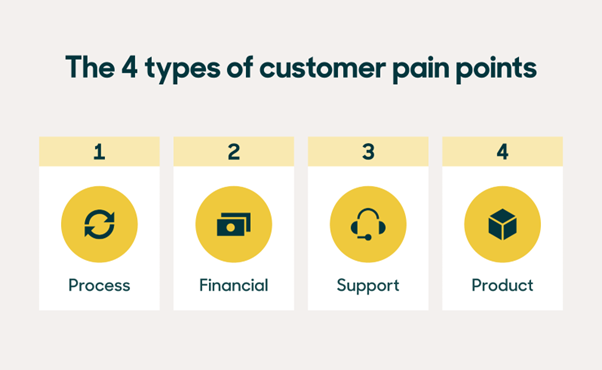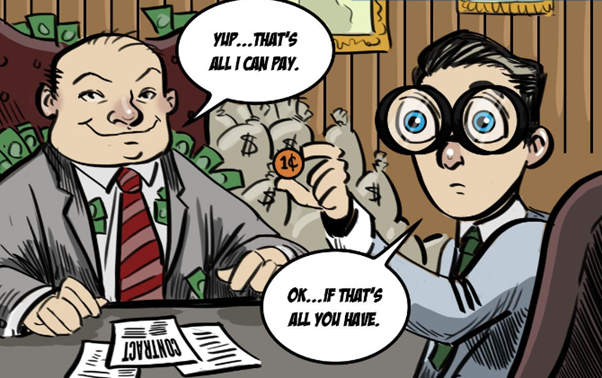The KONA Sales “Power Hour” is a focused and intensive period of time, during which your sales teams dedicate themselves to “hitting the phones” and put into action what they have learnt on the workshop. This WILL boost sales performance and drive better results.
- Do you want to Increase your Pipeline?
- Do you want to Increase your sales productivity?
- Do you want your team to have better than average sales skills?
- Do you want your team to manage their time better?
- Do you want them to be Accountable?
A sales power hour is an effective strategy for increasing productivity, boosting sales performance, and achieving better results. During a Power Hour, your Sales Trainer will encourage focused efforts, skill development, and team collaboration, ultimately contributing to the overall success of a sales organisation.
Some of our results across many customers:
- Achieved $1.2M of extra sales
- Increased overall activity by 150%
- Increased outbound quotes by 88%
- Increased sales by 66%
- 140% of sales target (and growing)
- 19% up on last financial year, Includes 3 record months
- Increased International Business by 7%
- Increased Domestic Business by 16%
Are your salespeople hesitant to make calls? Maybe they aren’t engaging with enough customers, prospects or decisions-makers? We can help you to turn that around.
In Sales, every minute counts, and every opportunity matters. This is where the “Power Hour” comes into play.
KONA’s Power Hour is a dedicated, highly focused period of time during which your sales team concentrates on their most important task.
What can a Power Hour can do for your Sales Team?
Enhance Focus and Productivity
The Power Hour is all about intense focus.
During this dedicated time, your sales team can eliminate distractions and concentrate on their high-priority tasks. This heightened level of concentration leads to increased productivity and the ability to accomplish more in a shorter amount of time.
With reduced interruptions, Sales Trainers can encourage team members to make more sales calls, send more emails, and engage with potential customers more effectively.

Improve Time Management
One of the biggest challenges a salesperson faces is managing their time effectively.
The Power Hour helps by encouraging your team to plan and prioritise.
By setting specific goals for each Power Hour session, your team can make better use of their time and ensure they are working on generating revenue.
Consistent Prospecting
Prospecting is a major part of the sales process, but it often gets pushed aside in favour of other tasks.
KONA’s Power Hour Program can help your team to designate a specific time each day for prospecting activities.
This consistency ensures that your sales team is continuously building their pipeline, which is crucial for long-term success.
Increased Sales Calls
Did you know that more than 50% of decision-makers prefer to be contacted over the phone than any other means of communication?
Sales calls are the centre of many sales teams. During the Power Hour, the Sales Trainer will encourage your team to make a higher number of quality sales calls within a set timeframe. This not only leads to more potential leads and conversions but also boosts the confidence and skill set of your salespeople.

Healthy Competition
Implementing Power Hours can encourage healthy competition among your sales team members.
When team members see their colleagues making impressive progress during these dedicated sessions, it motivates them to step up their game.
Encouraging friendly competition and recognising top performers during a power hour can help to keep momentum.
Real-time Feedback and Coaching
During KONA’s Power Hours, Managers can provide real-time feedback and coaching to their team members.
Managers can:
- Listen in on calls
- Review emails
- Offer guidance on how to improve sales techniques
This immediate feedback loop can lead to rapid skill development and improved performance.
Better Work-Life Balance
A well-structured Power Hour schedule allows your sales team to maintain a healthier work-life balance.
Set clear boundaries for when intense sales activities take place. This way, team members can better allocate their time for personal life, reducing burnout and stress.
Introducing Power Hours to your sales team’s routine comes with significant benefits.
Power hours are known to encourage a competitive spirit and provide opportunities for real-time feedback and coaching.
As your team becomes more skilled and efficient, you’ll likely see a boost in sales performance, ultimately leading to increased revenue and success for your business. Empower your sales team with the transformative power of the Power Hour.
So what are you waiting for? Book in your team’s Power Hour today!
Call KONA on 1300 611 288 or Email us at info@kona.com.au













































































































